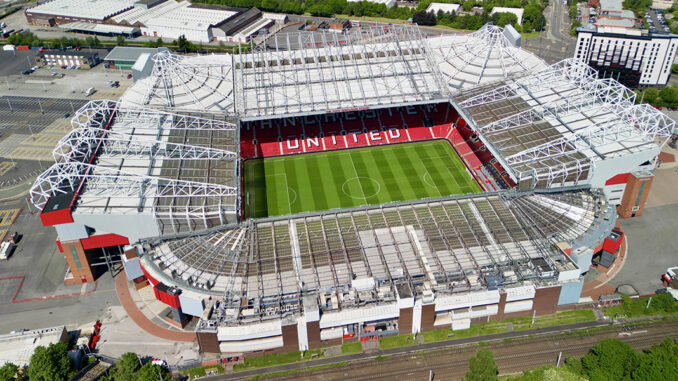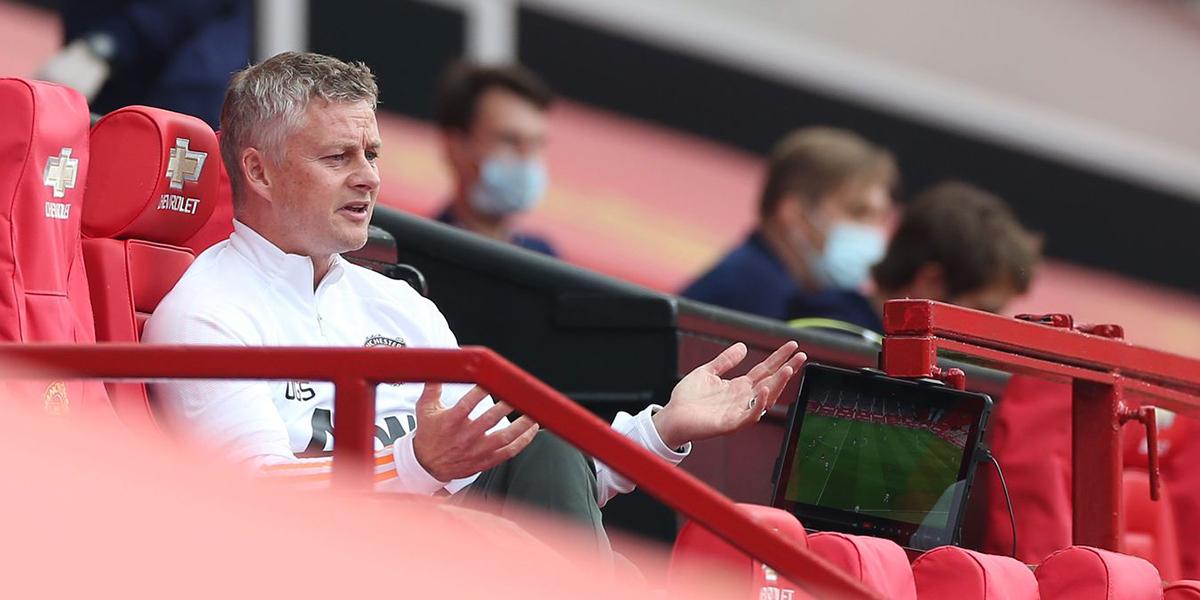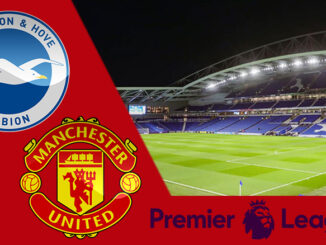
Football is a fascinating sport where the importance of tactics and knowledge of soccer rules cannot be underestimated. These strategies can affect the outcome of a match and ultimately determine a team’s failure or success.
Considered one of the most prestigious football clubs in the world, Manchester United is renowned for its tactical brilliance throughout the years. But how has United fared in terms of tactics in recent times, and how will these tactics evolve over time to keep up with the improving competition? These are important questions that every United fan needs to know to better understand the strategies their favourite team employs.
Adapting to the Opposition: How Manchester United Tailors Formations for Different Challenges
It is a well-known fact that football teams typically formulate their gameplay around a formation. Manchester United is no exception, and in recent years, they have been utilising a 3-1-6 formation. Imagine the formation as consisting of three centre-backs, one defensive midfielder, and six attacking players, all working in tandem to achieve glory.
This formation has been widely praised for its ability to create space and move the ball up through the flanks. Its foundation lies in the three centre backs working in unison, providing a stable base from which to launch counterattacks. In contrast, the six attacking players work vigorously to occupy the opponent’s defence and stretch them wide.
The lone defensive midfielder plays an essential role in the formation, as he acts as the pivot point from which the attack moves forward. His job is to distribute the ball effectively to the attacking players and ensure a smooth flow of play. On the other hand, the six attacking players play a strategic role in creating openings for their teammates and moving the opposing team out of position.
The effectiveness of this formation mainly depends on the six attacking players’ ability to manoeuvre themselves and create space for their teammates. In this aspect, Manchester United is incredibly fortunate to have talented players such as Marcus Rashford, Anthony Martial, Mason Greenwood, Bruno Fernandes and Casemiro. Their exceptional interplay and quick runs into space make the 3-1-6 formation deadly.
However, while the 3-1-6 formation is the go-to tactic of Manchester United, it is essential to note that the club has tried various formations based on their opponent and match situation. Earlier days saw Manchester United utilising a 4-4-2 formation, which involves four midfielders, four defenders and two strikers. This formation is prevalent and has stood the test of time, and the club saw immense success with it during the Sir Alex Ferguson era.
Style and Substance: How Manchester United’s Playing Style Has Evolved Over Time
As football evolves, so do the formations and strategies required to win. In recent years, Manchester United has experimented with a 4-2-3-1 formation, which differs from the previous one by changing the two strikers. There is only one striker, but the midfield gets an additional midfielder to strengthen their presence. This formation is successful in controlling possession and has helped Manchester United break down stubborn defences.
Manchester United Football Club has a long and successful history of tactical brilliance, with the current squad epitomising versatility. One of the things that stands out about their roster is the ability of the players to adapt to different formations and strategies, giving manager Erik ten Hag a wide range of options when setting up his team. This flexibility is evident in the club’s impressive performances in the 2019/2020 Europa League, where they successfully utilised different formations to overcome tough opposition.
Areas of Improvement and Maximising the Chances of Success
However, despite their tactical prowess, Manchester United still has areas in which they could improve. For instance, the team has sometimes struggled to break down low-block defences, which are characterised by a disciplined and compact defensive structure. Additionally, the team has been vulnerable to counterattacks, which have cost them points in key matches. Erik ten Hag has warned that if they want to finish higher next season, they must invest in new players to keep up with the upcoming challenges.
To maximise their chances for success, the team will need to focus on areas where they can improve tactically. For example, they could work on ways to break down low-block defences more effectively and minimise the risk of counterattacks. Despite these challenges, Manchester United remains one of the most tactically sound football clubs in the world, having successfully adapted its style of play to the changing trends of modern football.
The club’s success largely depends on the ability of its players to stretch defences wide and create gaps for their teammates to exploit. With such a rich history of tactical brilliance, Manchester United is sure to remain a top contender in the world of football.
Discover more from MUFCLatest.com
Subscribe to get the latest posts sent to your email.



